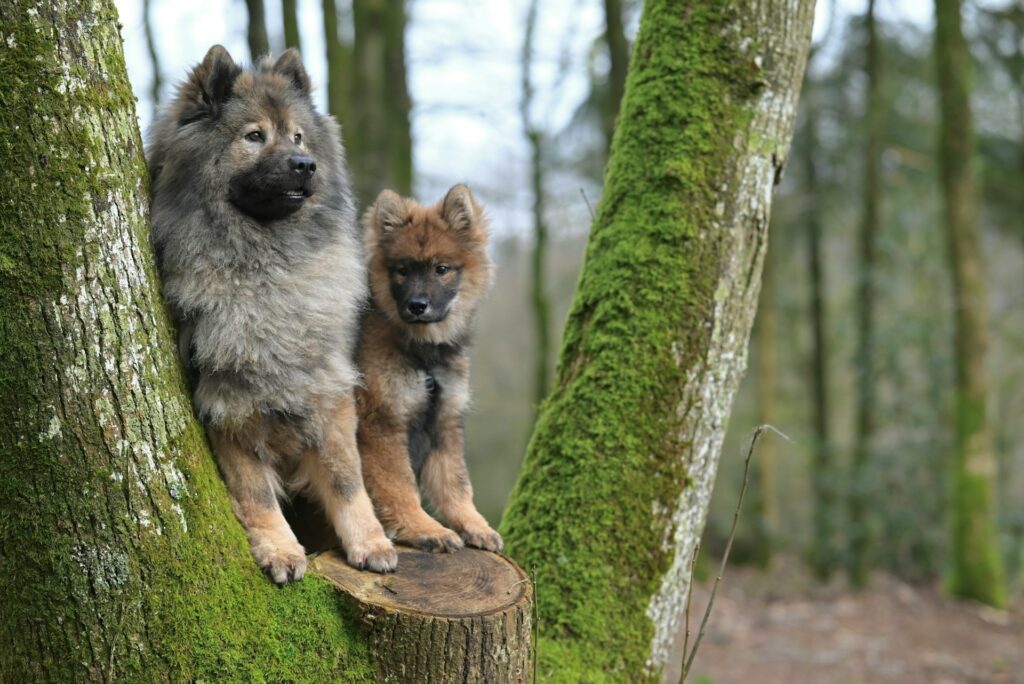Wolf Specie Resurrects 13,000 Years Later

Wolf Specie Resurrects 13,000 Years Later
U.S. biotech company Colossal Biosciences has revived the dire wolf, which went extinct 13,000 years ago, in a technological breakthrough that might change humanity’s connection with nature.
Known for its goal of reviving the woolly mammoth by 2028, Colossal disclosed the dire wolf breakthrough in an exclusive ABC News interview. The firm cloned four highly endangered red wolves, a species with less than 20 left in the wild.
“We’re not a nonprofit or academic institution — we’re building real products and technologies,” said Colossal CEO and co-founder Ben Lamm. The business has celebrity investors including Tom Brady, Tiger Woods, Paris Hilton, and Peter Jackson.
At Colossal’s Dallas lab, scientists modified the DNA of a near relative, the gray wolf, to revive the dire wolf.
“We used gray wolf cells, which are 99.5% genetically identical to dire wolves,” said Colossal’s head scientist, Beth Shapiro. “We edited multiple parts of their DNA to match dire wolves.”
All of the team’s surrogate dogs were adopted by the Humane Society after carrying the modified embryos. The procedure did not hurt animals, according to Colossal.
Late 2024 saw the birth of Romulus and Remus, the first dire wolves. Known as Khalesi after a Game of Thrones character, a third pup appeared in early 2025. Three live in a gated 2,000-acre nature sanctuary at an unknown location.
“When I saw them and they were white, I just knew—we did it,” Shapiro told ABC News. They’re dire wolves.”
But not everyone believes.
Dr. Julie Meachen, a wolf specialist and co-author with Shapiro on a 2021 research that found dire and gray wolves separated millions of years ago, was skeptical.
“I don’t think these are true dire wolves,” Meachen said. “We have a modified gray wolf that resembles a dire wolf—but it’s new.”
Shapiro believes species identity is determined by appearance, behavior, and ecological function. “If it looks like a dire wolf, acts like one, and fills its ecological niche, that’s success.”
While scientists dispute categorization, Colossal prioritizes conservation. Shapiro believes its red wolf cloning could revolutionize wildlife preservation by supporting biodiversity efforts.
Even North Dakota has partnered with the company to revive its declining bison population with its technologies.
Lamm thinks Colossal’s discoveries might help human medicine beyond conservation. Still, some advise caution.
“You could accidentally create a more aggressive species — a super wolf or super rat,” warned Columbia University bioethicist Dr. Robert Klitzman. We must tread carefully.”
Klitzman recognized the risks but saw possible benefits: “If humans are responsible for a species’ extinction, and we have the means to restore it to a suitable habitat, there could be value in that.”
Shapiro warned that avoiding innovation is risky as Colossal rushes to resurrect the woolly mammoth in three years.
“If we reject genetic engineering out of fear, we may lose our chance to save what’s left,” according to her.
Undoubtedly, Colossal’s work is rewriting the future of life on Earth by pushing scientific frontiers, whether that’s daring or controversial.




